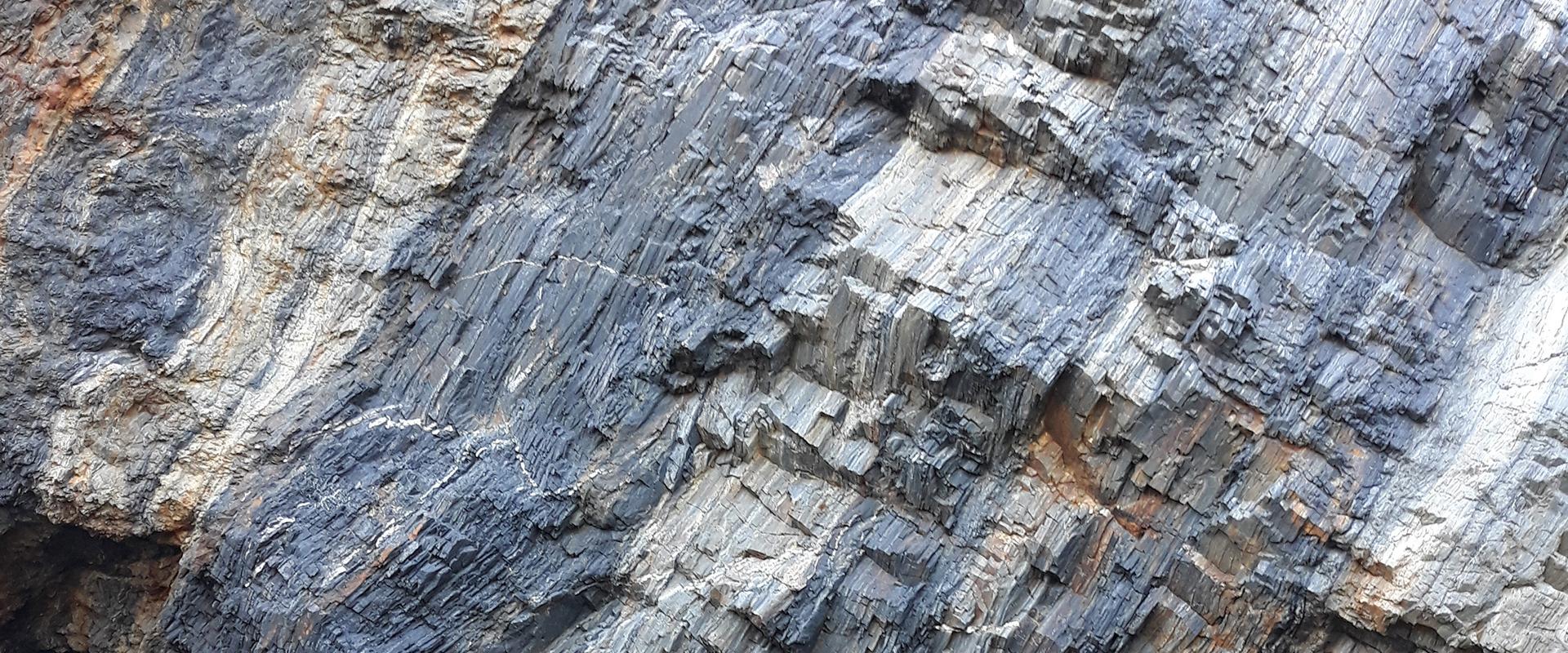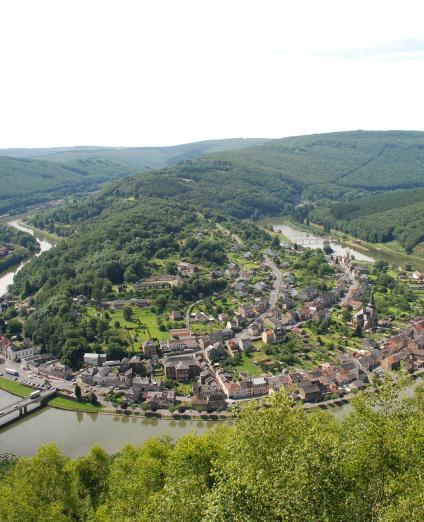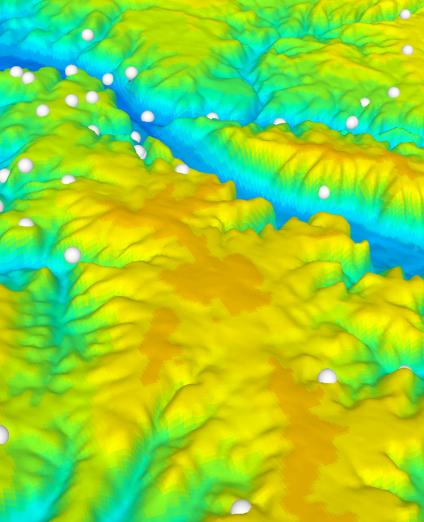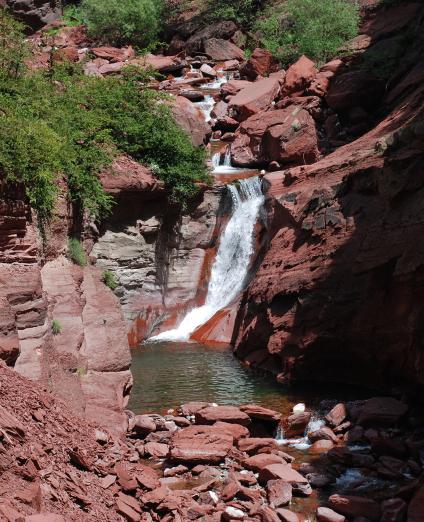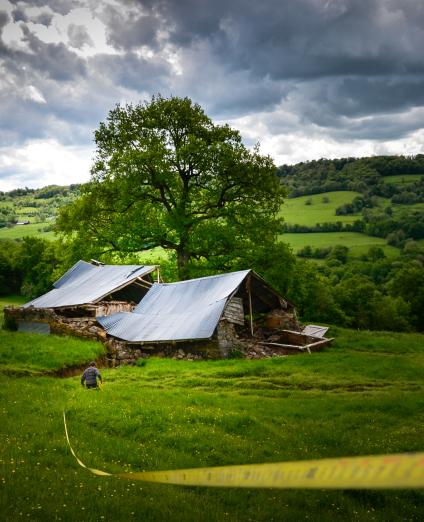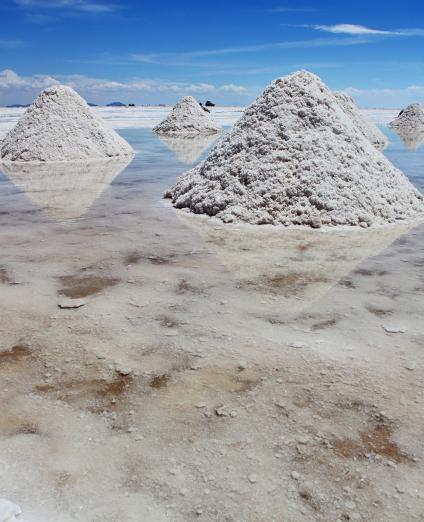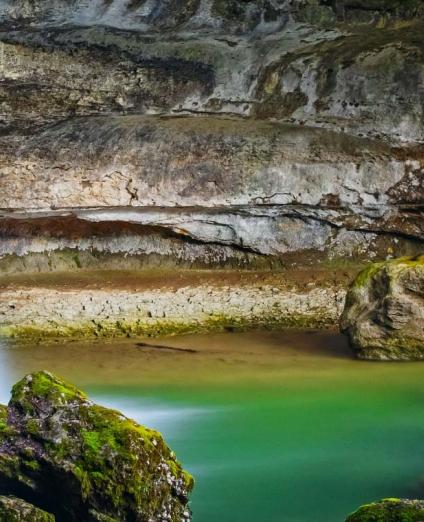As a public institution for research and expert studies, BRGM contributes to the dialogue between science and society in its different fields.
Establishing a dialogue with civil society representatives in the French regions
BRGM's regional representatives organise meetings with representatives of civil society groups to discuss regional environmental questions relating to BRGM's areas of expertise and on which papers and articles have been published.
These meetings provide opportunities for open and constructive discussions. They stimulate exchanges of knowledge - or of knowledge "gaps” - questions from all parties and the expression of their expectations, while observing the ethical principles that guarantee transparency and trust and preserve the independent judgement of all concerned.
Summary of the meeting held in Le Mans on 20 March 2018
Topic on the agenda
Groundwater issues in the Sarthe département
Date and venue
Tuesday, 20 March 2018 at the Edith Piaf community centre in Le Mans
Agenda
- Brief presentation of BRGM
- Review of groundwater functioning: hydrogeological concepts, geological and hydrogeological contexts in the Sarthe region
- Presentation of the piezometric monitoring network in the Sarthe region: variations in groundwater levels over the year, impacts of pumping on the groundwater level, uses of underground water pumping.
- Review of groundwater quality in the Sarthe region: different monitoring networks and origin of dissolved substances
- Discussion on potential interactions and conflicts concerning groundwater
Participants
27 participants representing the following organisations:
- UFC-Que Choisir de la Sarthe (consumer protection association)
- Association for resources and development of environmental activities and professions (ARDAM)
- Association for the Protection of the Environment and Heritage of Ecommoy (APEPE)
- Sarthe Nature Environnement
- Pisciculture Cardon (fish farming)
- Collectif pour la Sauvegarde de la Charnie (Collective for the Conservation of La Charnie)
- Grain de Sable et Pomme de Pin
- La Sauvegarde de l'Anjou
- FNE Pays de la Loire
Specific points, participants' expectations and questions, discussions
What is the difference between unconfined groundwater and a captive aquifer?
Unconfined groundwater is connected to the surface when the ground above the water table is permeable: the rock pores are only partly filled with water, the soil is not saturated and can continue to absorb more rainwater. This means that the level of the water table can rise or fall depending on precipitation (seasonal and annual fluctuation).
Captive aquifers are contained in formations covered by a layer of impermeable ground. These aquifers only have minimal contact with the surface from which water filters down, i.e. at the point where the permeable layer forms an outcrop. Captive aquifers can be deep (a few hundred metres or more). These aquifers are less easily replenished than unconfined groundwater. The water may be under pressure (water level rising above the roof of the aquifer), sometimes enough for the water to gush naturally to the surface when sinking a well. It is sometimes even sufficient when digging a borehole to allow water to gush to the surface naturally: the water table is then called artesian (the water level rises above the natural ground level).
Are clays permeable?
Clays are not very permeable. The degree of permeability is used to qualify the flow rate of water within a formation. Water can nevertheless percolate through a clay formation but so slowly that it is said to be "impermeable".
Can captive aquifers be affected by pollution?
Captive aquifers are better protected against pollution, but care must be taken to check the type and thickness of the formation, and also whether any wells are present that could make the formation vulnerable (wellhead inadequately protected against infiltrating water, interconnected aquifers, etc.).
Is there a connection between the streams in the lower Sarthe basin that dry out in summer and abstraction of the groundwater?
Yes, there is very likely to be a connection since a water table can contribute to river flow. Abstraction effects can range from lowering the level of the river to drying it out.
Questions on monitoring networks and their uses
Who installs the piezometers?
The monitoring network in the Sarthe département is funded by the Département Council and the Water Agency.
Are the data from the piezometric network in the Sarthe kept up to date?
Updating is done by the relevant département agency. In other départements for which BRGM is responsible, the data are updated every 15 days.
Who has an overview of all groundwater abstraction?
BRGM keeps track of the boreholes in a databank and the Loire-Bretagne water agency does the same for the volumes tapped. The DDT also has abstraction data. The regulations governing the Cenomanian aquifer are more restrictive in order to preserve this extremely important resource. Any new drilling application is allowed only if a previous borehole has been abandoned, in order to maintain a constant volume.
What about groundwater levels?
Groundwater recharge essentially depends on rainfall. Two-thirds of the rain goes back into the atmosphere as water vapour, while effective rain, the rain that recharges the water table, accounts for only the remaining third. You have to take into account the size of the reservoir, to see if a dry year follows surplus years, in which case it will have less impact than a wet year coming after several dry years. It is also necessary to take into account the evolution of the aquifer's level, to see if the aquifer is reactive (reacts immediately to rainfall) or if it takes time to replenish (inertia effects).
What about borehole abstractions?
Before a new borehole is drilled, an engineering consultancy carries out a study in relation to the client's needs by calculating the radial area of influence. The longer the pumping lasts, the greater the influence. When there are several adjacent pumping plants, the effect is cumulative; the drawdowns add up and large depleted areas can develop, hence the need for all drawdown data to be as accurate as possible.
Are all domestic boreholes declared?
The declaration procedures are complex. However, these boreholes need to be declared to allow communities to determine the capacity of treatment processes accordingly.
What about pumping from rivers?
River pumping stations are listed in the National Database of Abstracted Water Volumes (BNPE).
Water quality issues
Is it forbidden to discharge rainwater into wells?
Yes, it is.
What about catchments and pollution in the Jurassic aquifer?
Water flows through the fractures in the rock and pollution peaks are observed immediately when polluting substances circulate with the water. The more weathered the rock, the more easily water and pollution flow through it.
Are plans for liquid manuring taken into account?
There are three water quality monitoring networks in the Sarthe, piloted by three networks: the Loire-Brittany Water Agency network, the ARS network (RNSISEAU) and the "listed facilities" network. Each has different missions and objectives, so they are not all concerned with the same issues. The Loire-Brittany Water Agency network aims to improve the quality of groundwater. The ARS network (NETWORK) is concerned with raw water used for the production of drinking water. The listed facilities network provides data input for the national policy for controlling industrial pollution.
Websites referred to
- INFOTERRE: map collections (geology, water bodies, etc.), publications cited in the subsoils database (BSS), public reports, etc.
- SIGES Pays de la Loire: access to data and background information on groundwater resources for the region
- ADES Access to public groundwater monitoring data (quantity + quality) throughout France.
- BNPE : access to data on annual volumes abstracted from water resources. Organised by location and category of water use as determined from water tax records handled by the water agencies and départements. The data are updated once a year.

